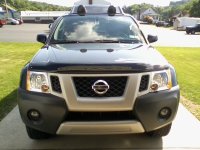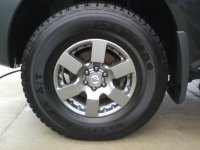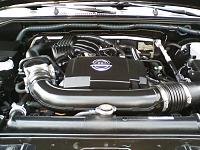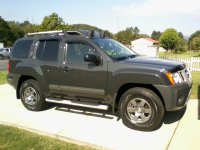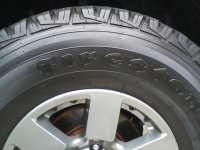Three suggestions:
On newer vehicles with carpeted floor mats, change them out for vinyl or rubber floor mats to keep your OEM carpeted floor mats looking new and prevent salt-stains on the carpets mats. Yes, the Weather Tech mats are very good and custom-fit for your particular vehicle(and USA-made and expensive), but if you cannot afford them, you can buy general-purpose, one-size-fits-all mats at Walmart or Sam`s Club or just about any auto-supply store. If you do, DO NOT just lay the vinyl mat over the OEM carpet mat. REMOVE the carpeted mat and let the vinyl mat do its thing over the winter months. You can take them in the house over the winter months and clean them, if they get really dirty and salty OR at least just shake them out once in a while. You do not want to let sand or small gravel (IE; cat litter) that is used as an anti-slip aid for snow and ice on sidewalks, driveways, or parking lots get under your mat and then abrade your foot well carpeting all winter.
I cannot emphasize how important it is to REMOVE ALL SNOW AND ICE FROM YOUR WINDOWS, OUTSIDE MIRRORS, and CAR HOOD BEFORE YOU START DRIVING. Yes, it is time consuming, sometimes nearly impossible if it`s freezing rain and thick ice, or heavy-wet snow, but you need to see where you are going and the other vehicles around you. It`s a huge safety concern to yourself and other drivers. Relying on window defoggers or heaters to melt it as you drive, or the wipers to brush off the snow from just the front windshield, or just driving at speed to blow off the snow is asking for an accident to happen. You will need to invest in a snow brush, a good scrapper, and allow extra time for snow-and-ice removal before your commute on such winter days. If you see other drivers in vehicles with snow all over them driving down the road, stay away from them. They probably cannot see you. AND watch out for semi-trailers that have snow blowing off of their roof. They may have a large sheet of ice that will come off at highway speed and crash into your vehicle. Just avoid driving near them.
This may go without saying, but look at your tires and how much tread you have on them. If they are bald or really worn, consider replacements. Most winter accidents are caused by lose of traction and tires are your ONLY contact patch with the road while driving. Also, check your tire pressure. Tires loose one pound of pressure (1 PSI) for every 10°F drop in temperature. So a tire that is properly inflated at 50°F will be 7 PSI underinflated when it`s -20°F (which is not unusually cold weather in the upper Midwest or Plains) AT least check them once a month. Underinflated tires are the number-one reason for flat tires were the tire comes off the rim and in cold weather you do not want to be on the side of the road.
